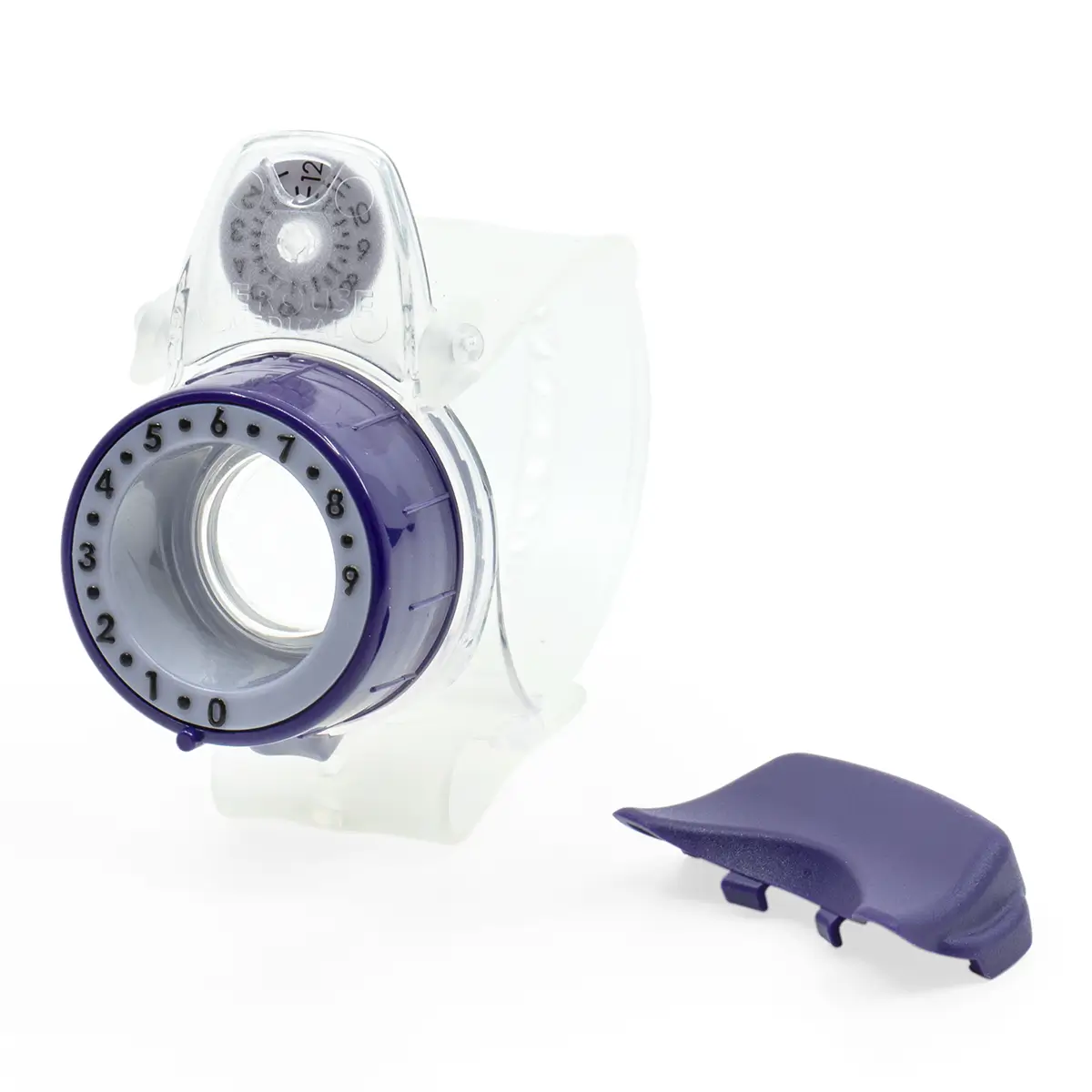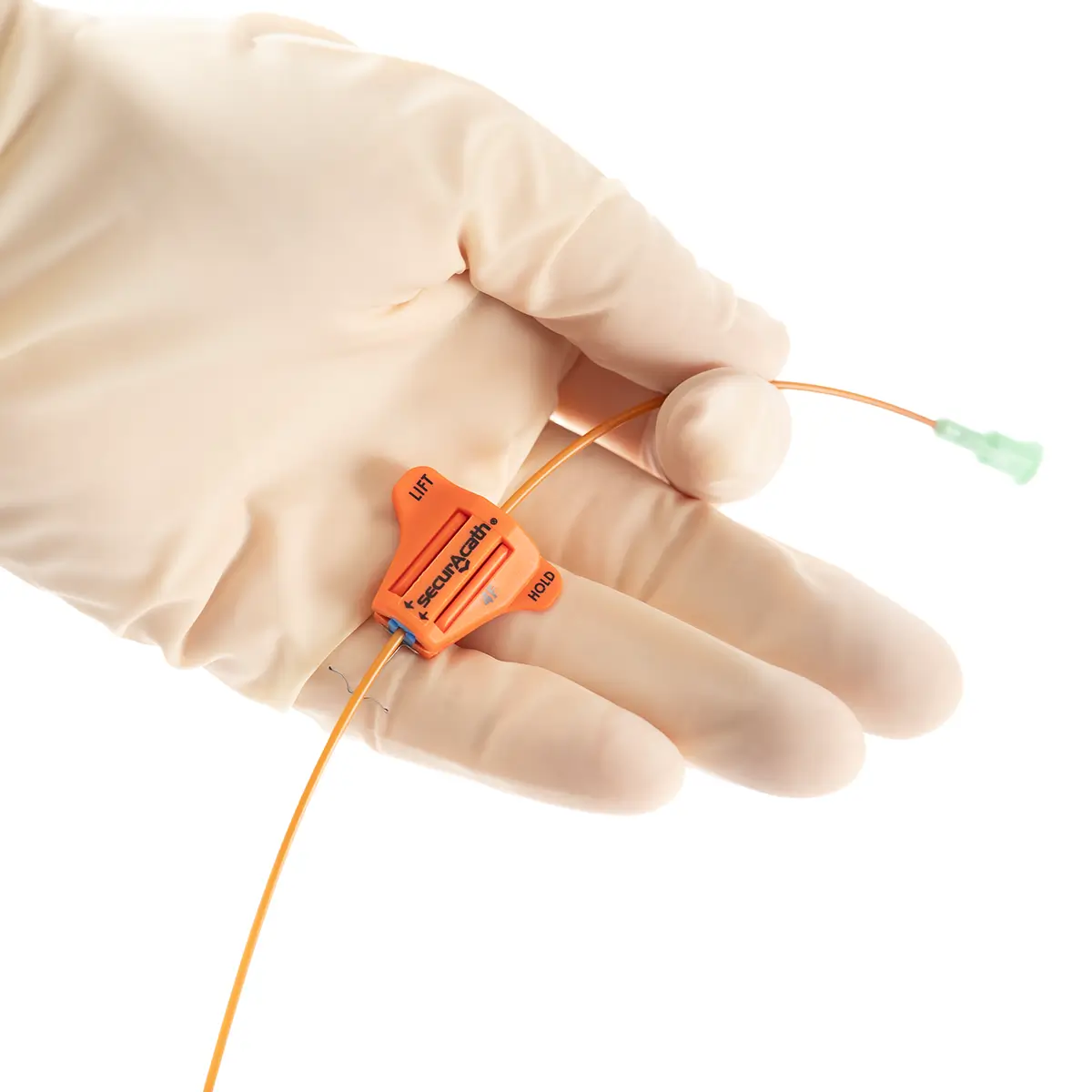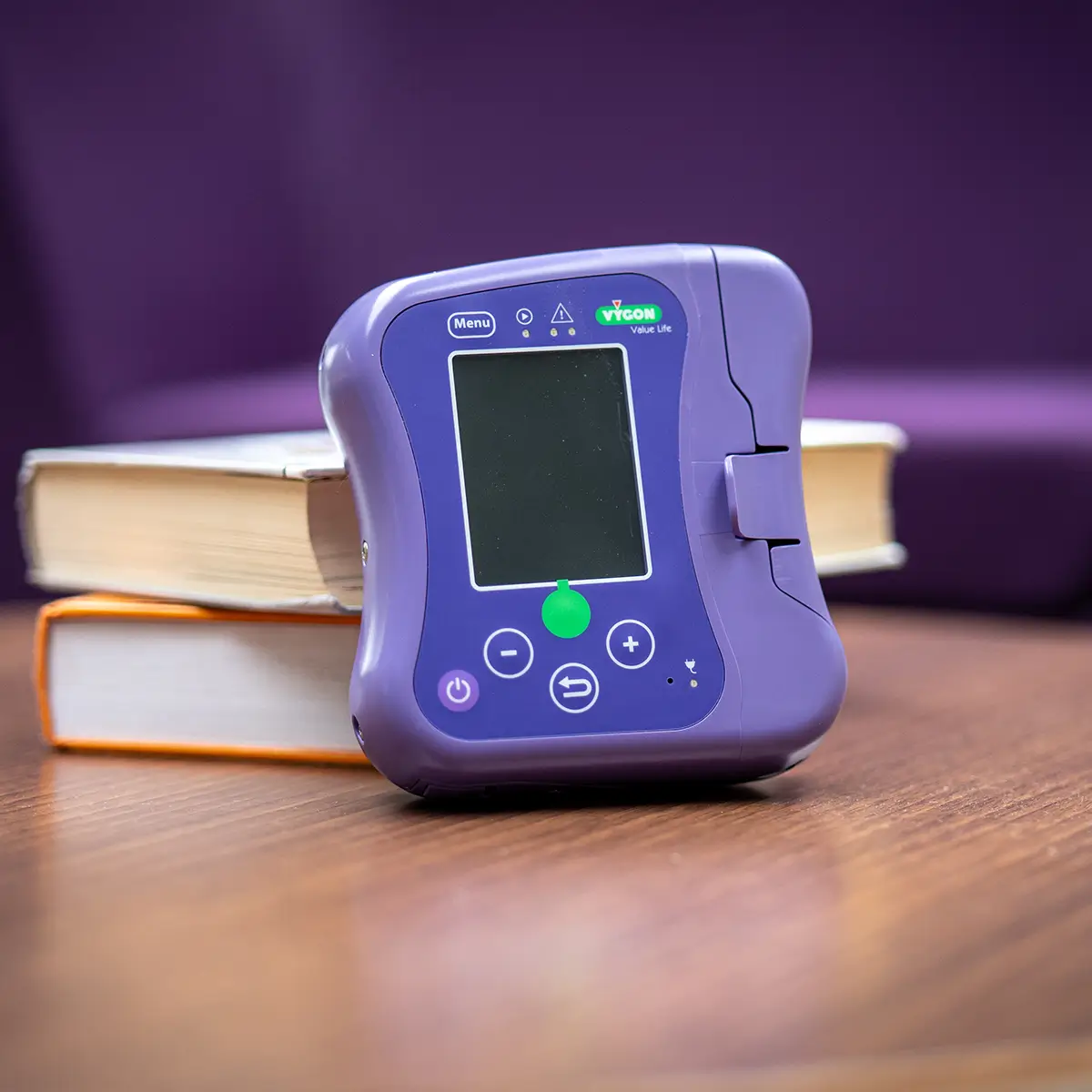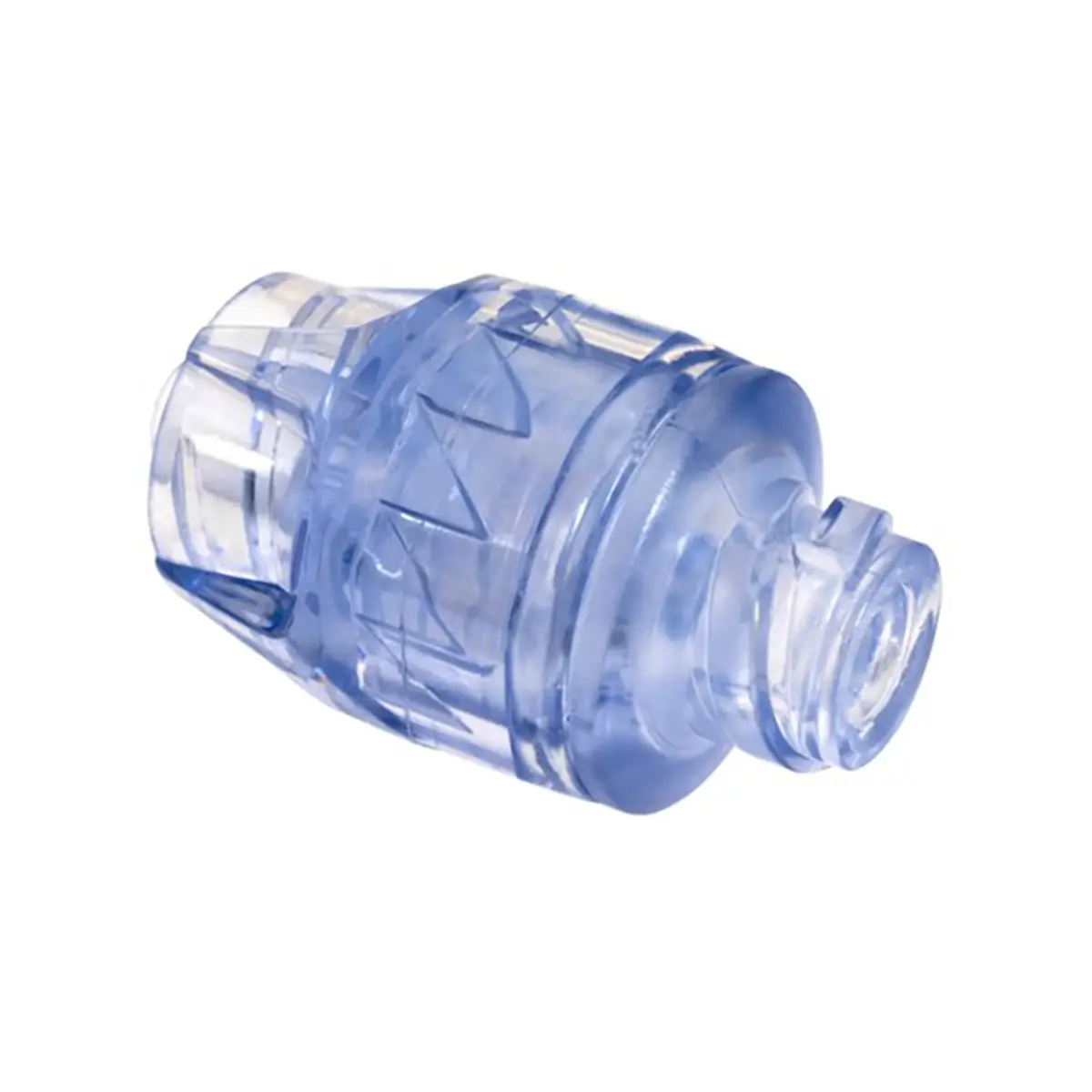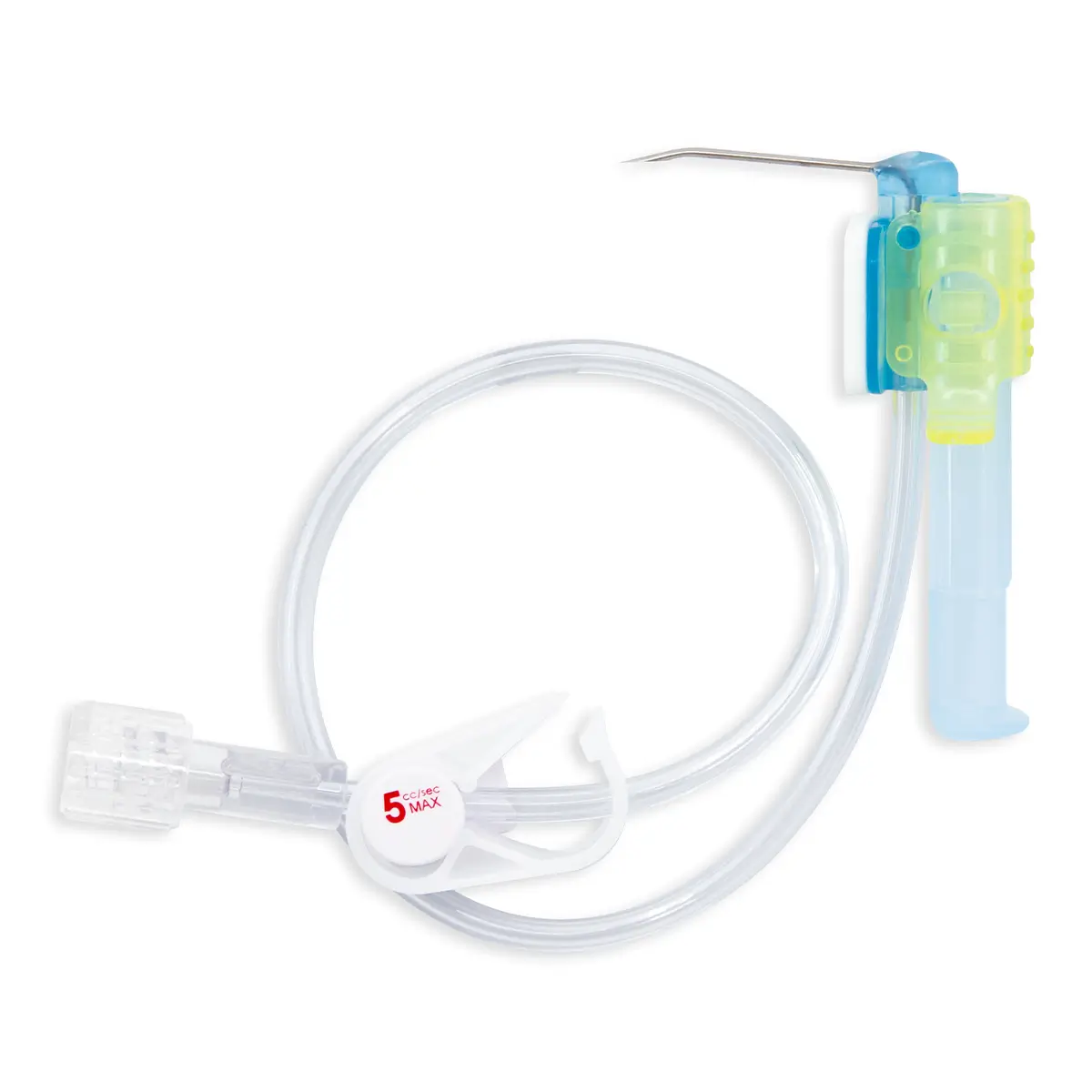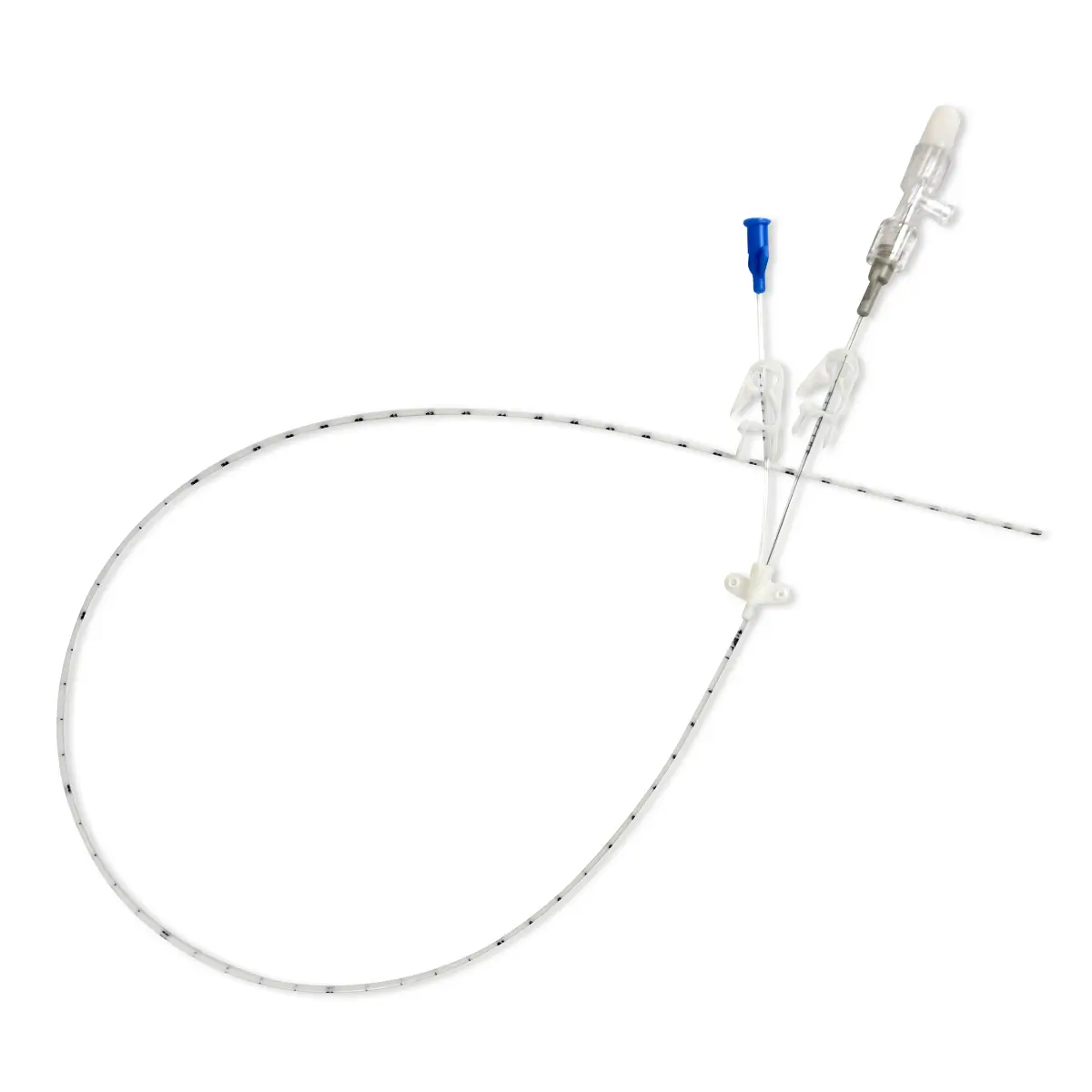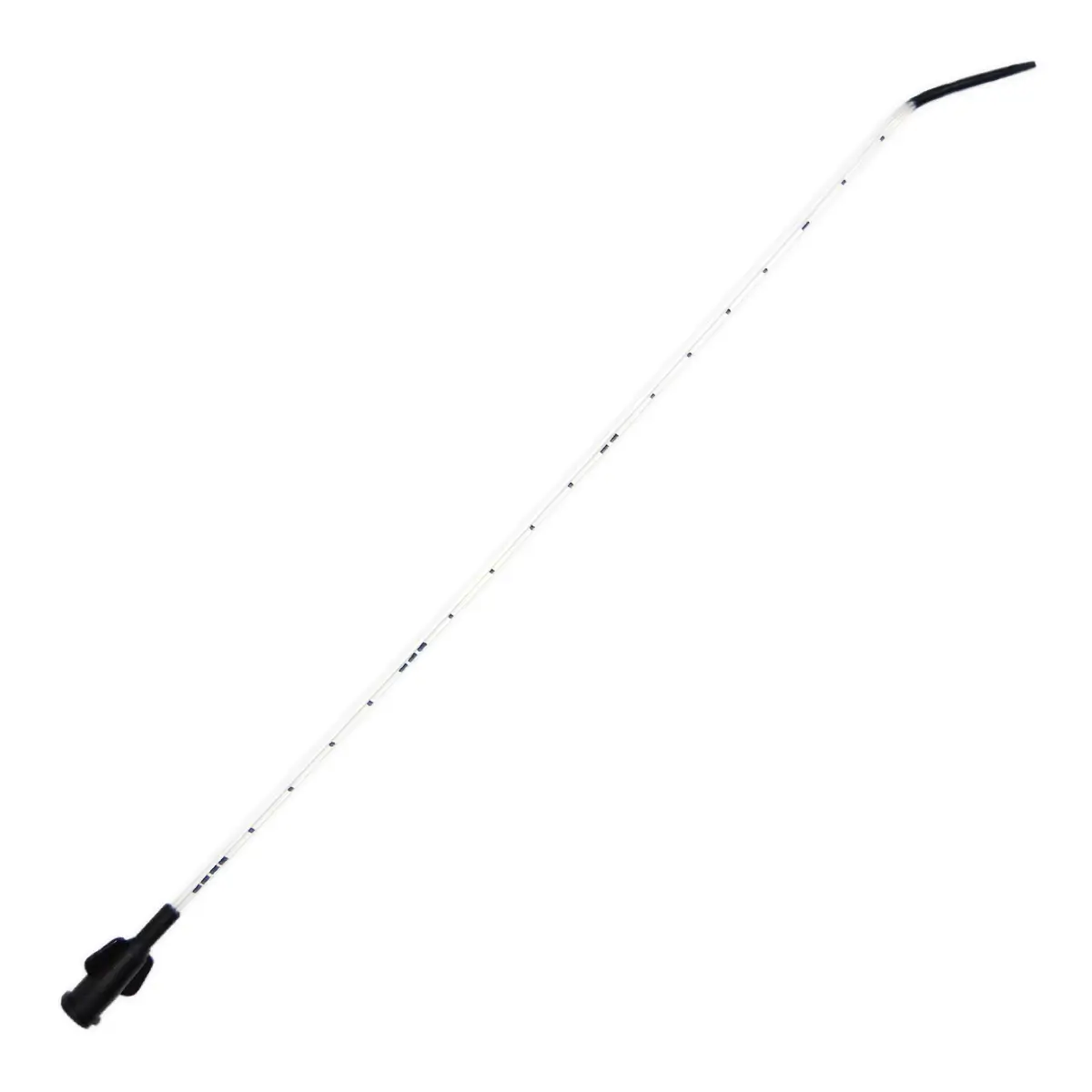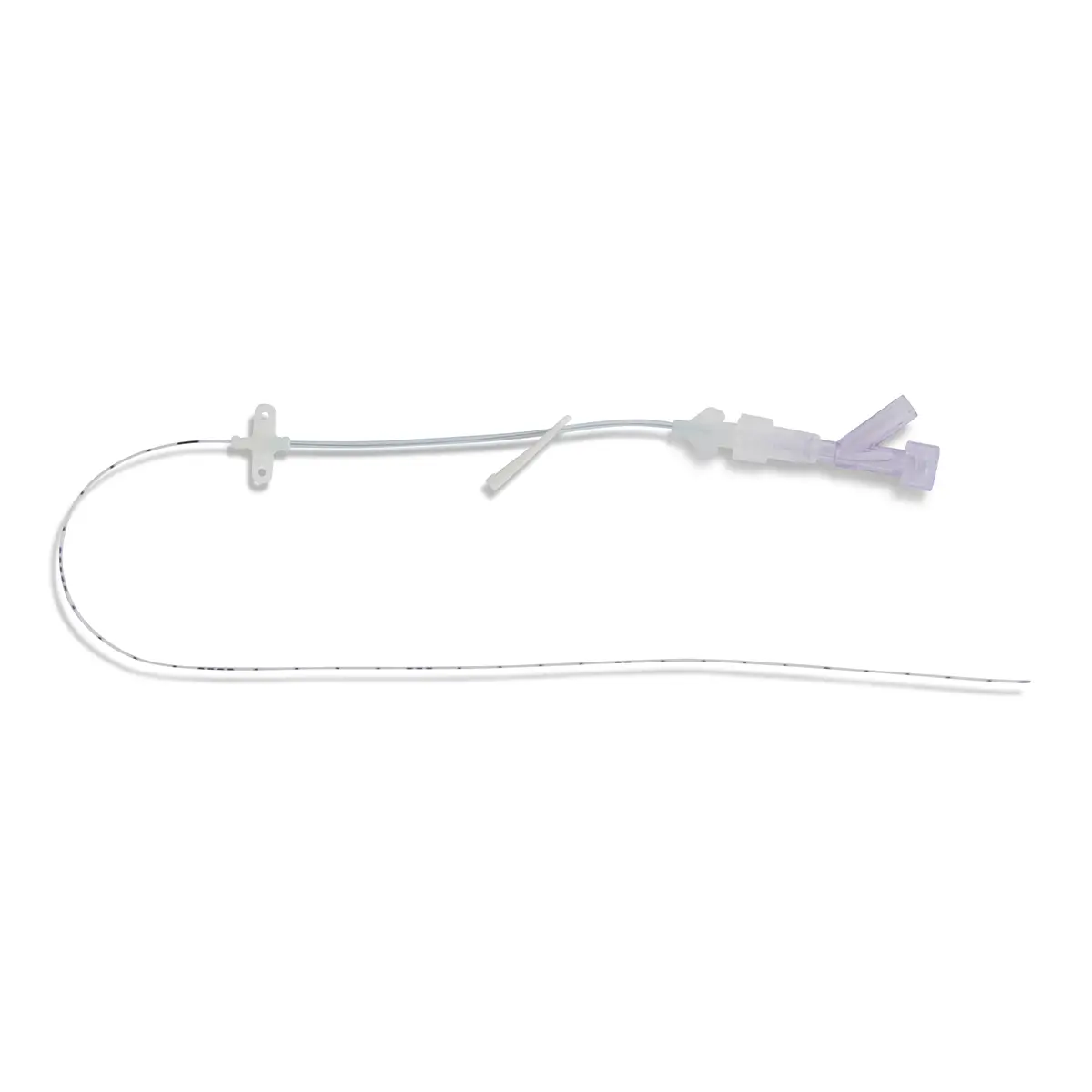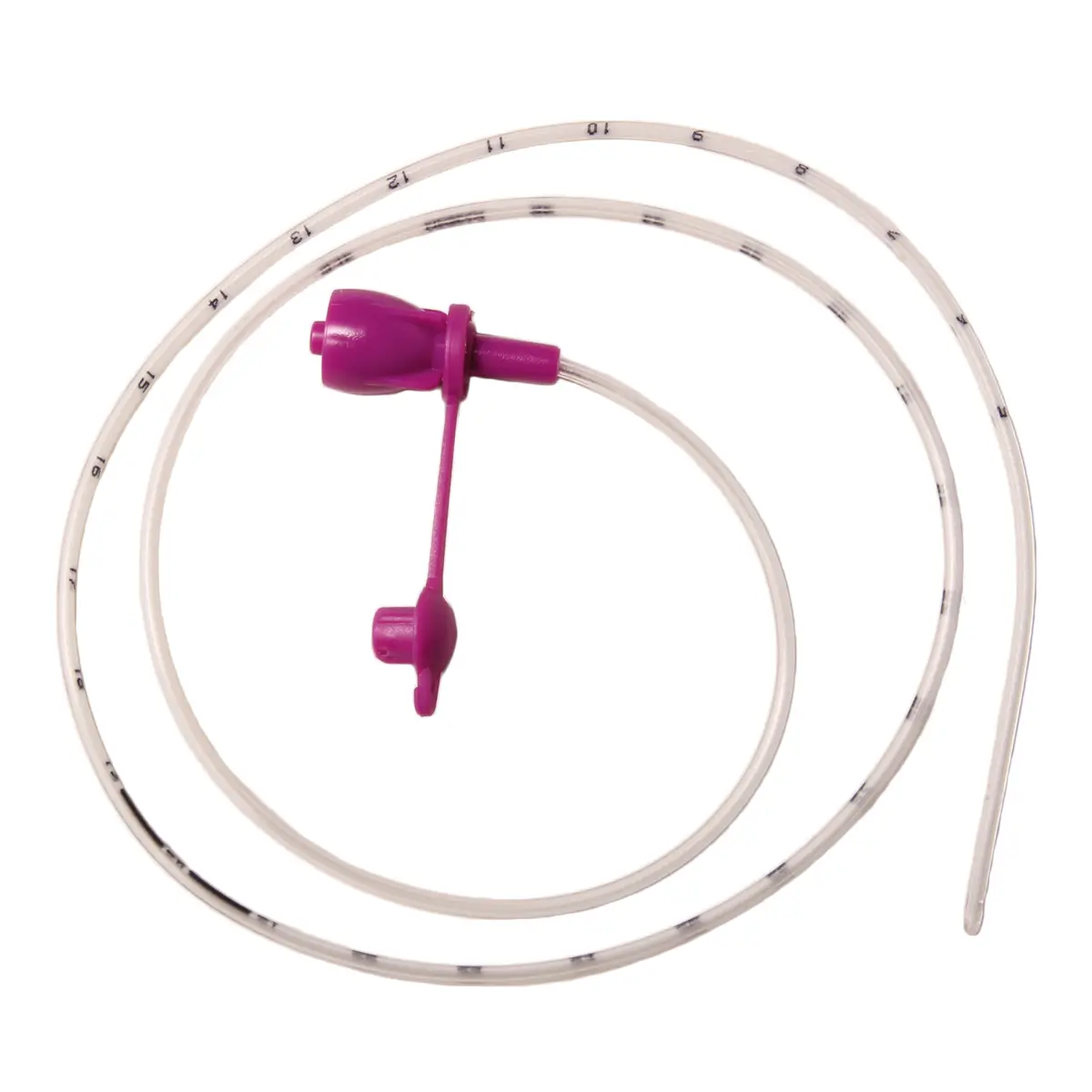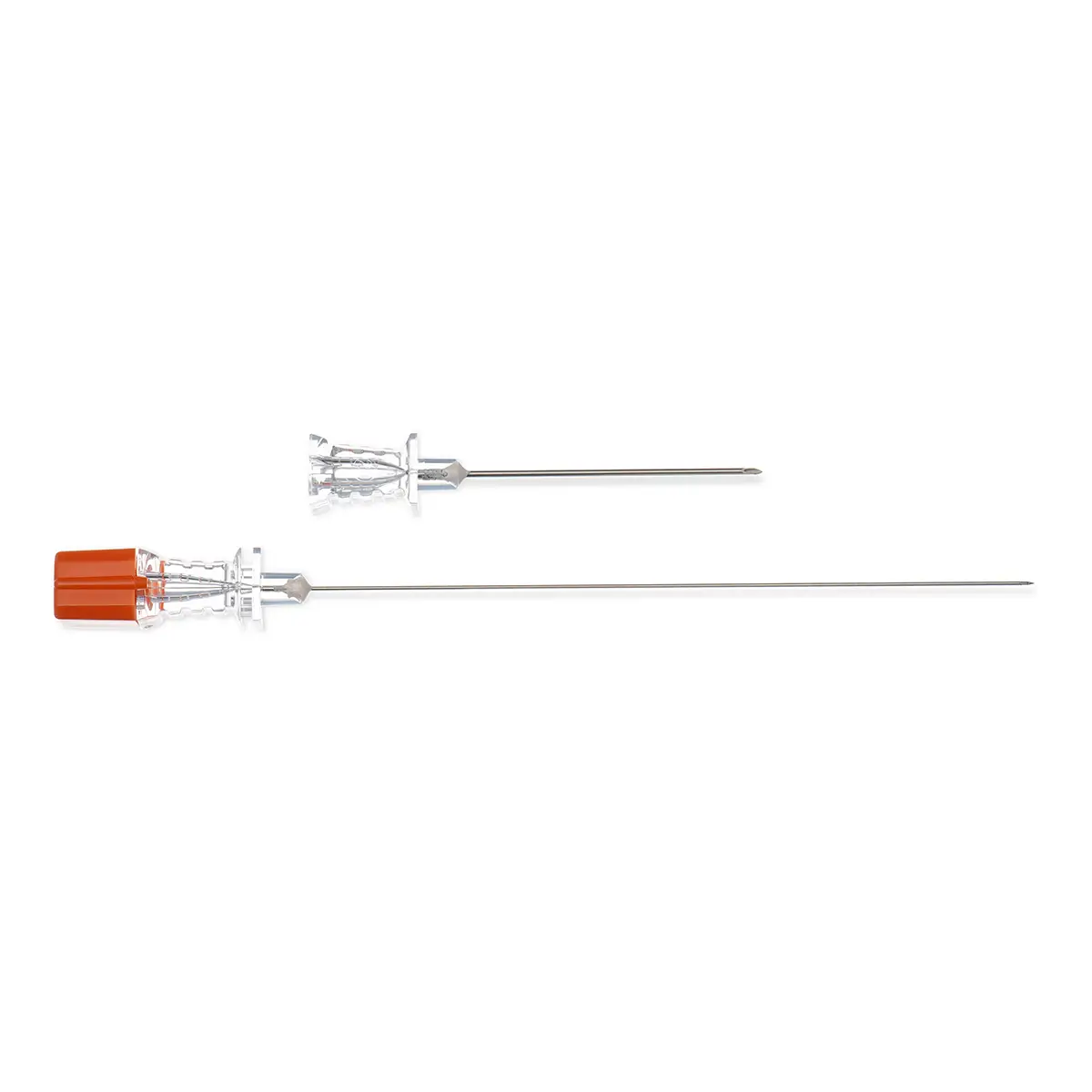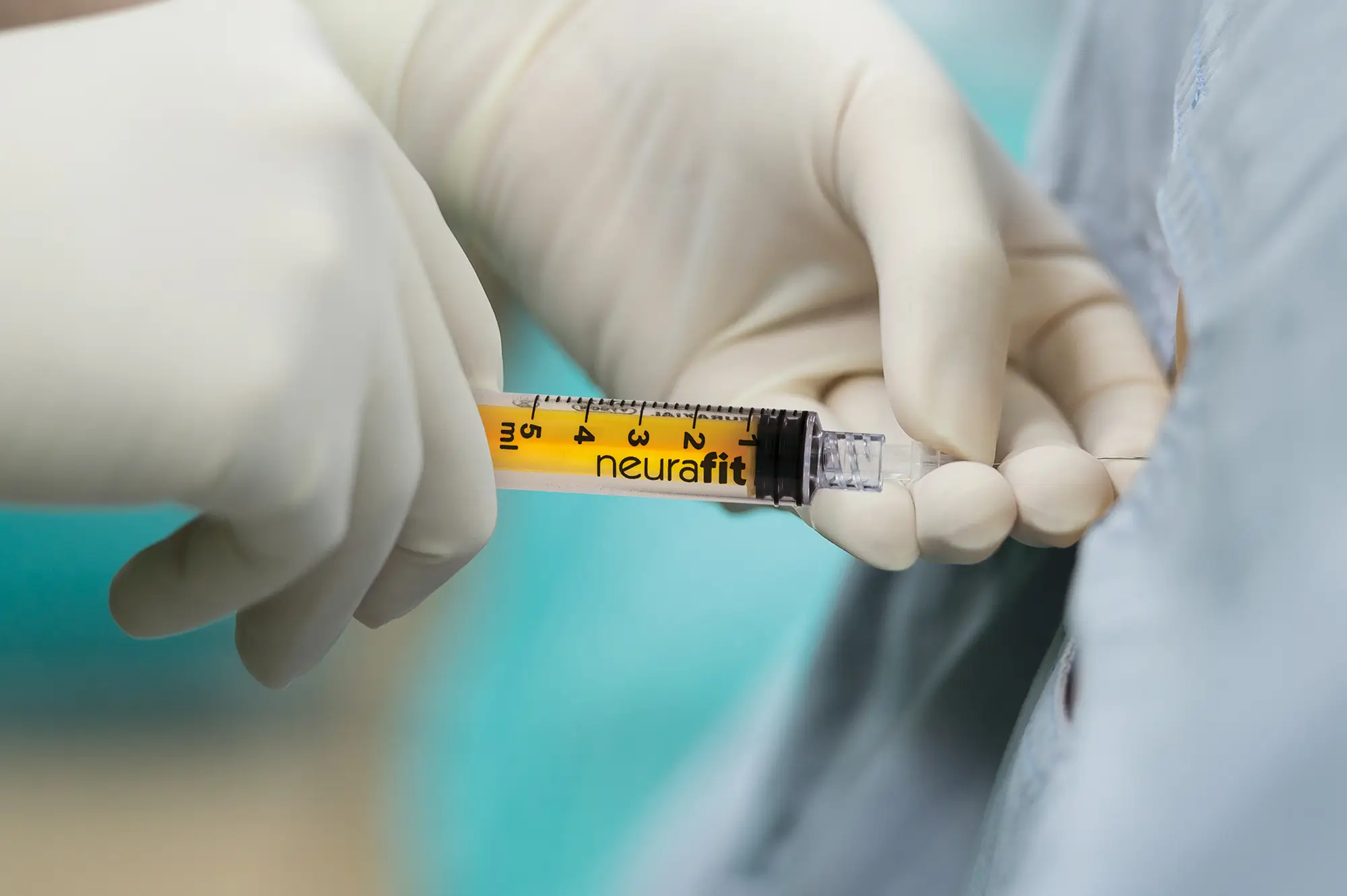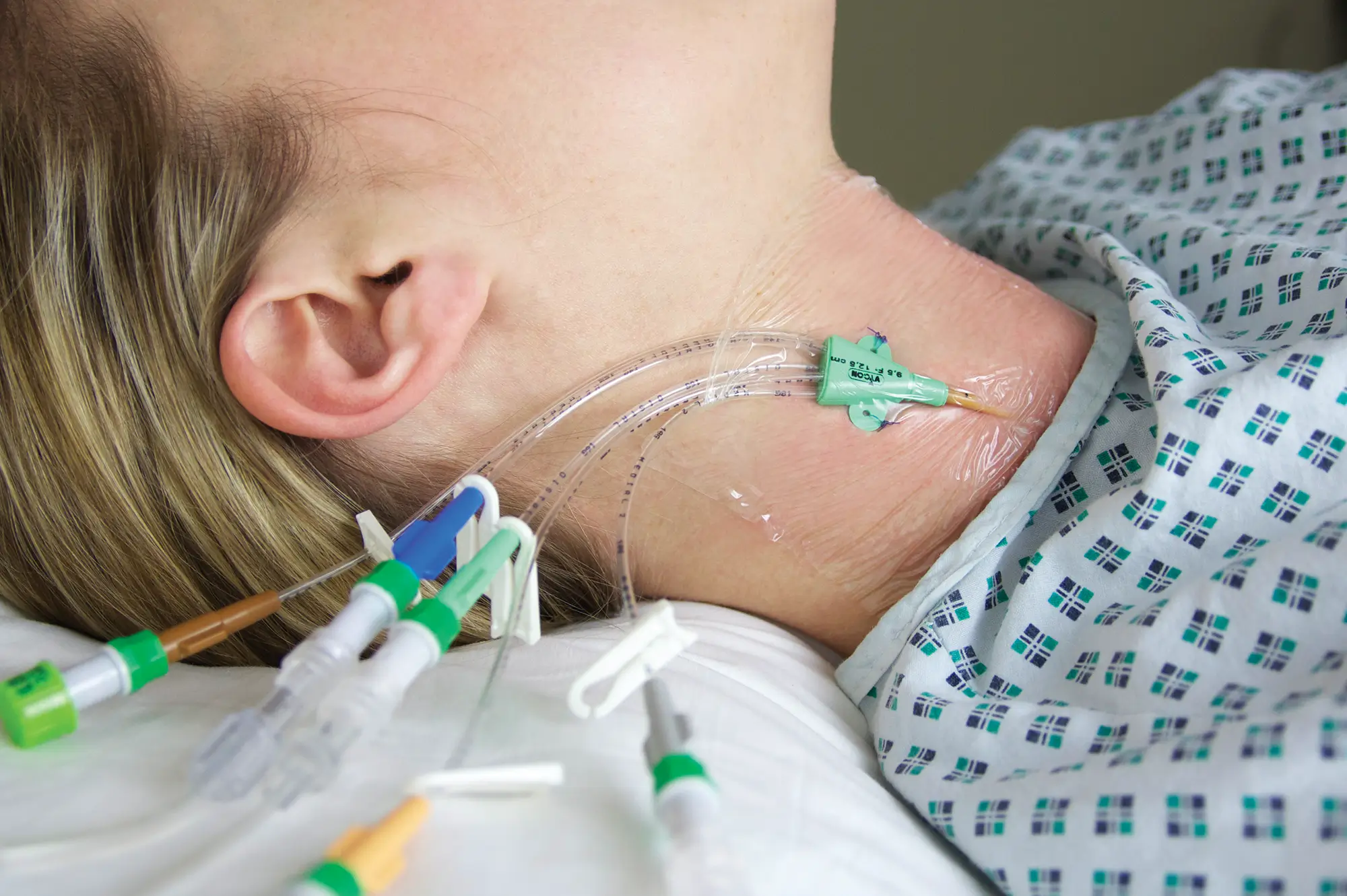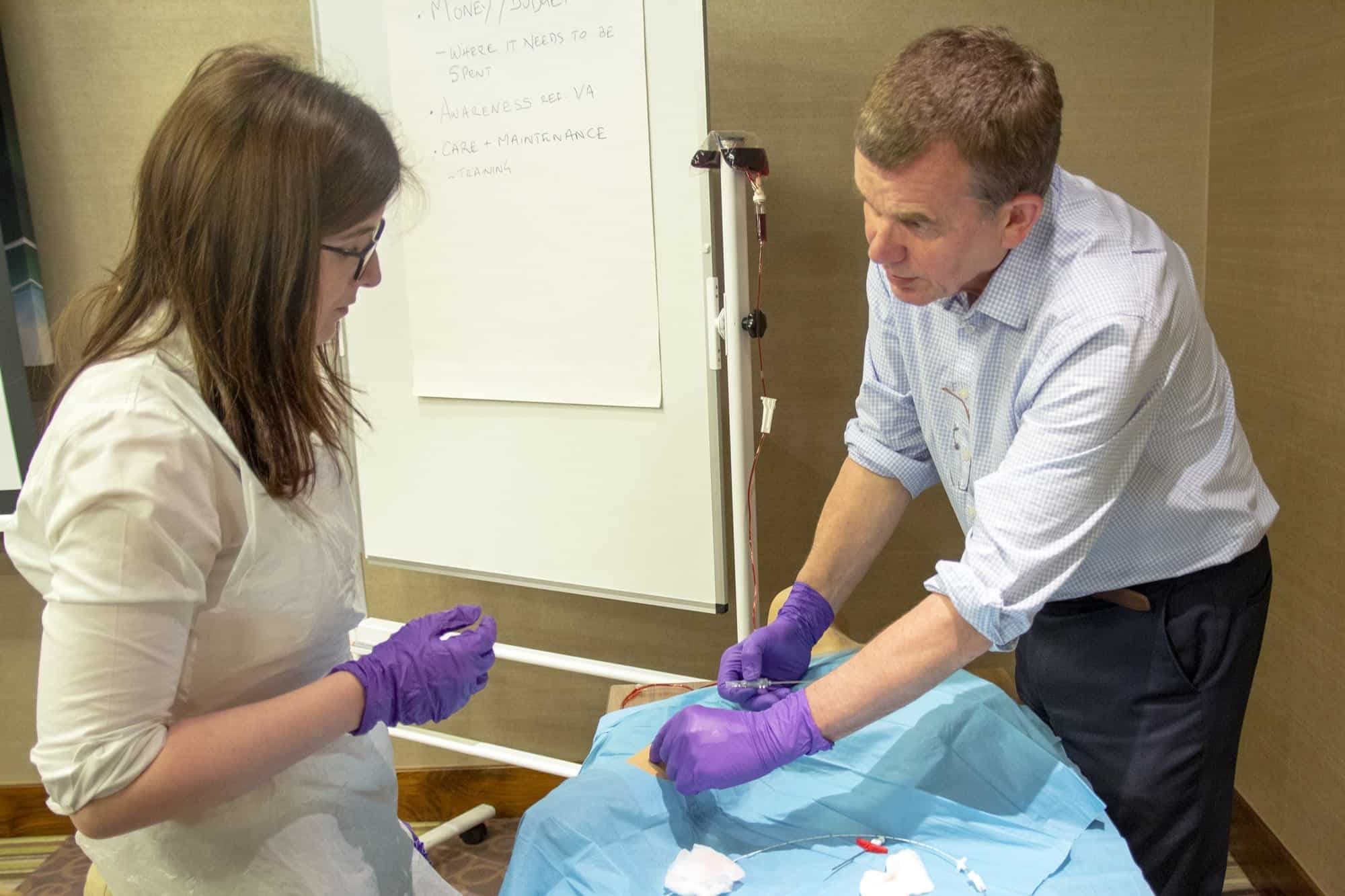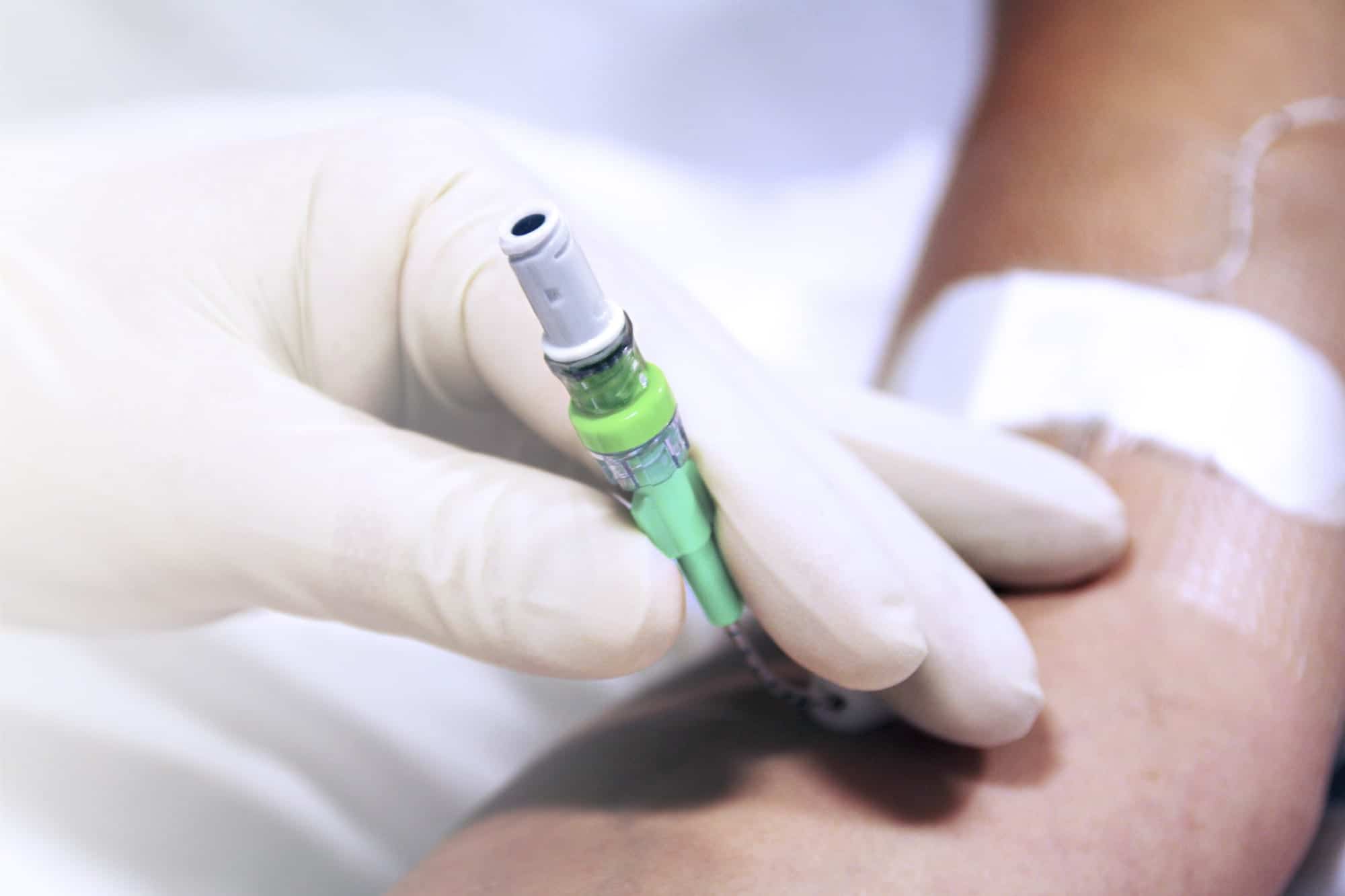National IV Port Cleaning Survey Results are now available to download
Survey shows inconsistency in cleaning practices leaves patients vulnerable to infection.
A survey examining how effectively needle-free IV access ports are cleaned shows a large variation in practices potentially leaving patients vulnerable to Catheter Related Bloodstream Infections (CRBSIs).
The survey, the first of its kind in the UK, was set up to gain a better understanding of how effectively the membrane in IV needle-free ports is being disinfected in line with national best practice advice.
The epic3 guidelines recommend cleaning for a minimum of 15 seconds. The survey revealed that 54% of hubs are being cleaned for 10 seconds or less and 30% are only being cleaned for five seconds or less.
Other questions focused on the type of wipe used, the cleaning technique and glove use. In conclusion, the results showed that current active disinfection methods make it hard to audit and control current cleaning practices to ensure all devices are cleaned correctly.
The IV Port Cleaning survey was initiated by Vygon in association with the Aseptic Non-Touch Technique (ANTT) organisation. The survey had 1237 responses from a variety of different hospital departments including critical care, accident & emergency, paediatrics and cancer services.
One of the questions focused on how respondents would describe the normal cleaning technique of an IV hub. ANTT guidelines recommend the hub should only be touched using sterile gloves and any key parts (such as the membrane) should be avoided wherever possible. Unfortunately 8% of people said they believed it was OK to touch the hub with non-sterile gloves.
Another question focused on how long the IV hubs were left to dry before accessing. It is important to let the alcohol dry so that it has the maximum bactericidal effect. epic3 guidelines recommend drying time should take place until the hub is visibly dry (this can take longer than 30 seconds). The results show that 42% of IV hubs are drying for 10 seconds or less and 2% were being accessed without any drying time. Not allowing the IV hub to dry can lead to CRBSIs, which increase the patient’s hospital stay by 11 days.1
“The guidelines and evidence about the importance of effectively cleaning the IV hub is very well referenced,” explains Luke Rawlinson, Business Development Manager at Vygon. “But in reality compliance is really difficult to achieve in a busy hospital department and so there is a large variation in cleaning practice.”
“That’s why we recommend the use of the 3M™ Curos™ Disinfecting Caps for Needleless Connectors to help improve standardisation and cleaning practices. Curos offers a unique passive disinfection system, which offers instant protection for up to seven days.
“Curos caps removes the risks associated with trying to ensure compliance and when people are busy and short of time that can be a crucial benefit.”

